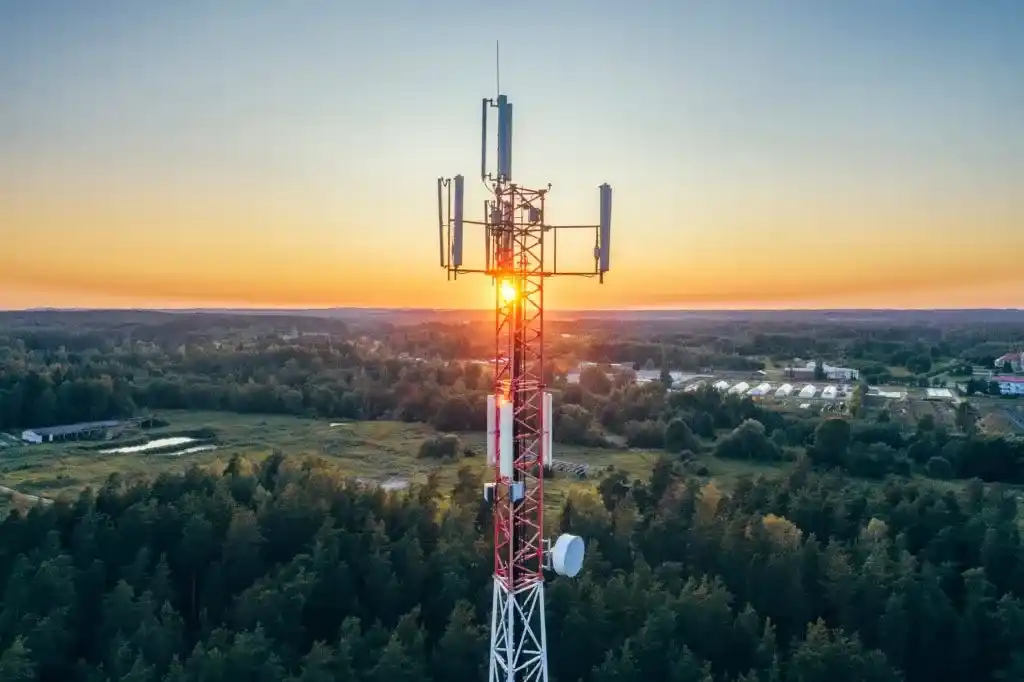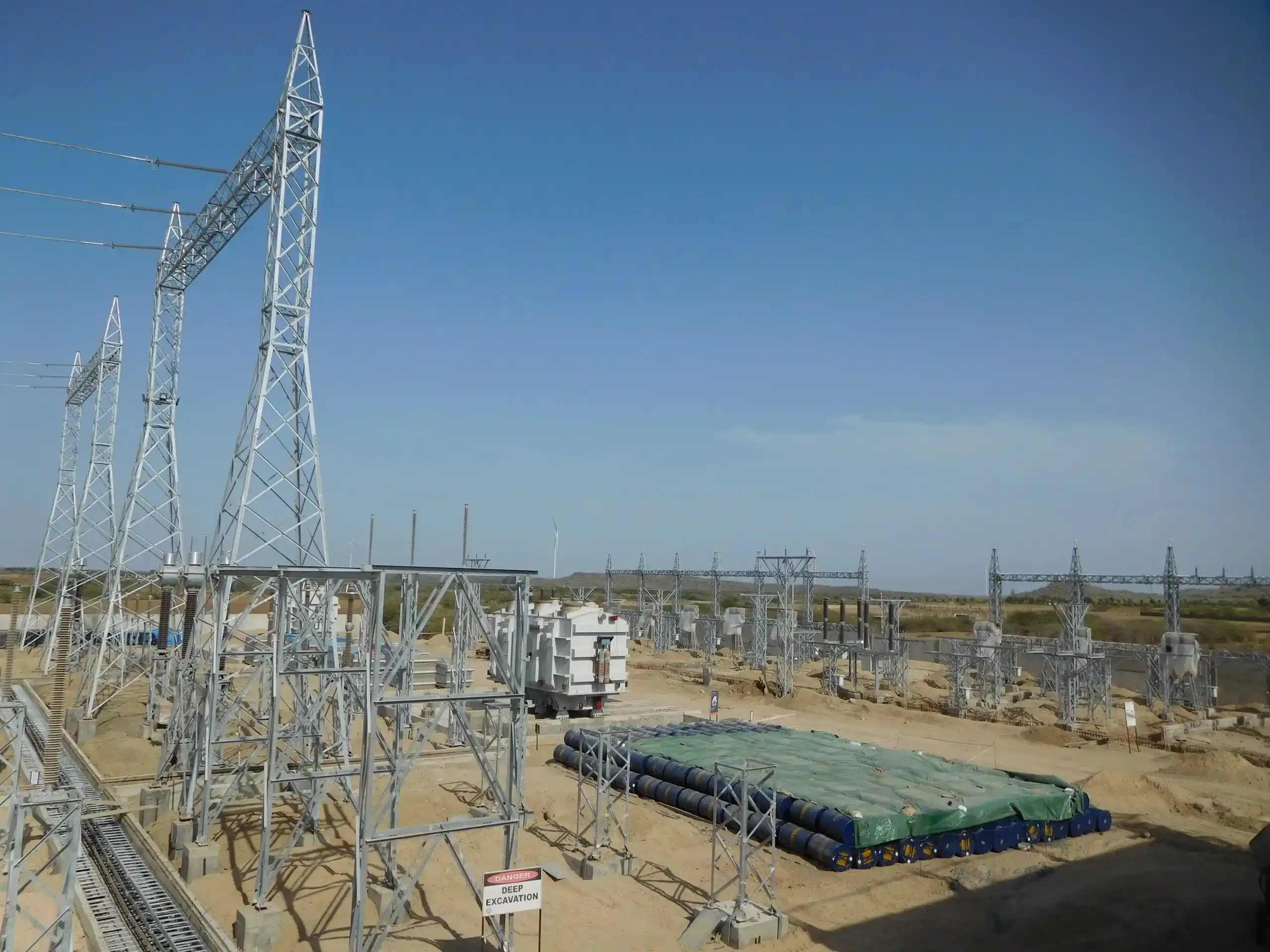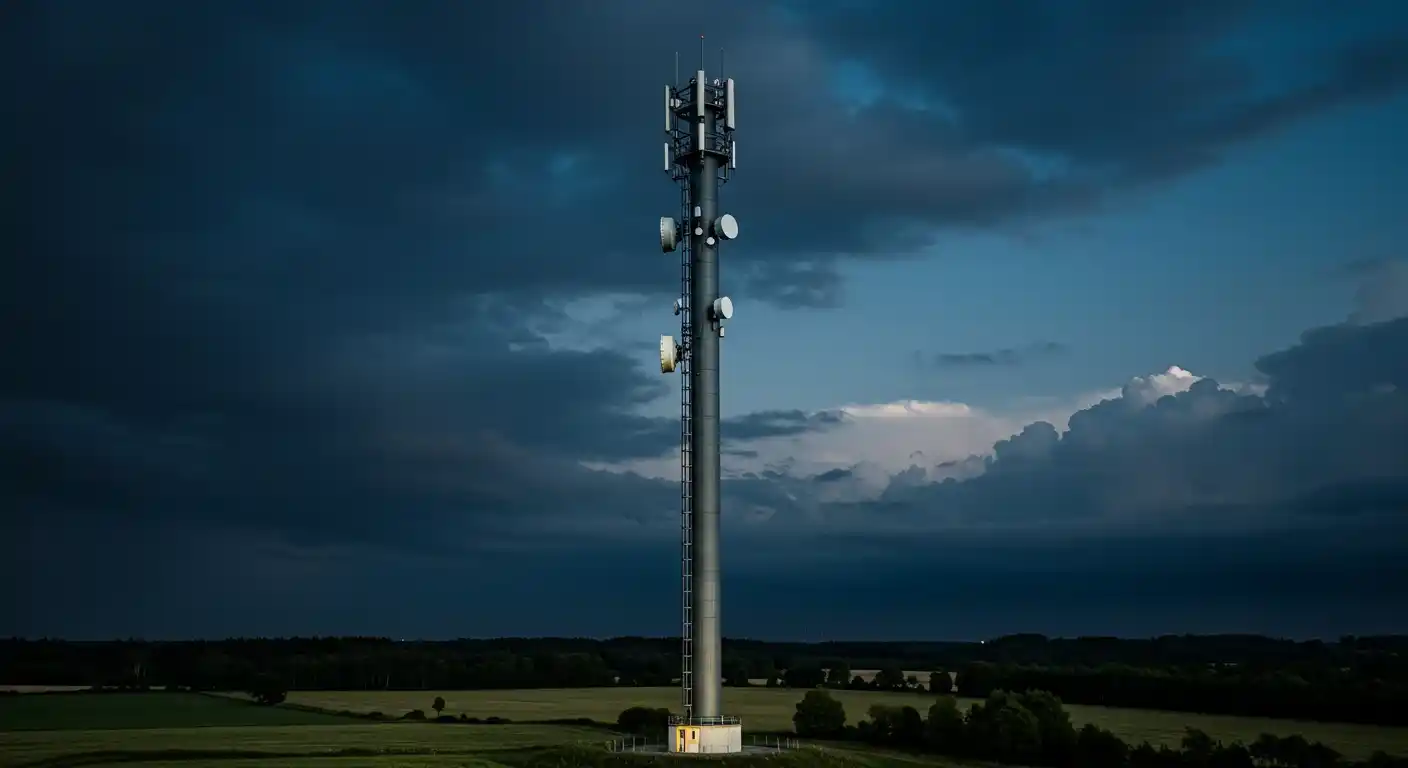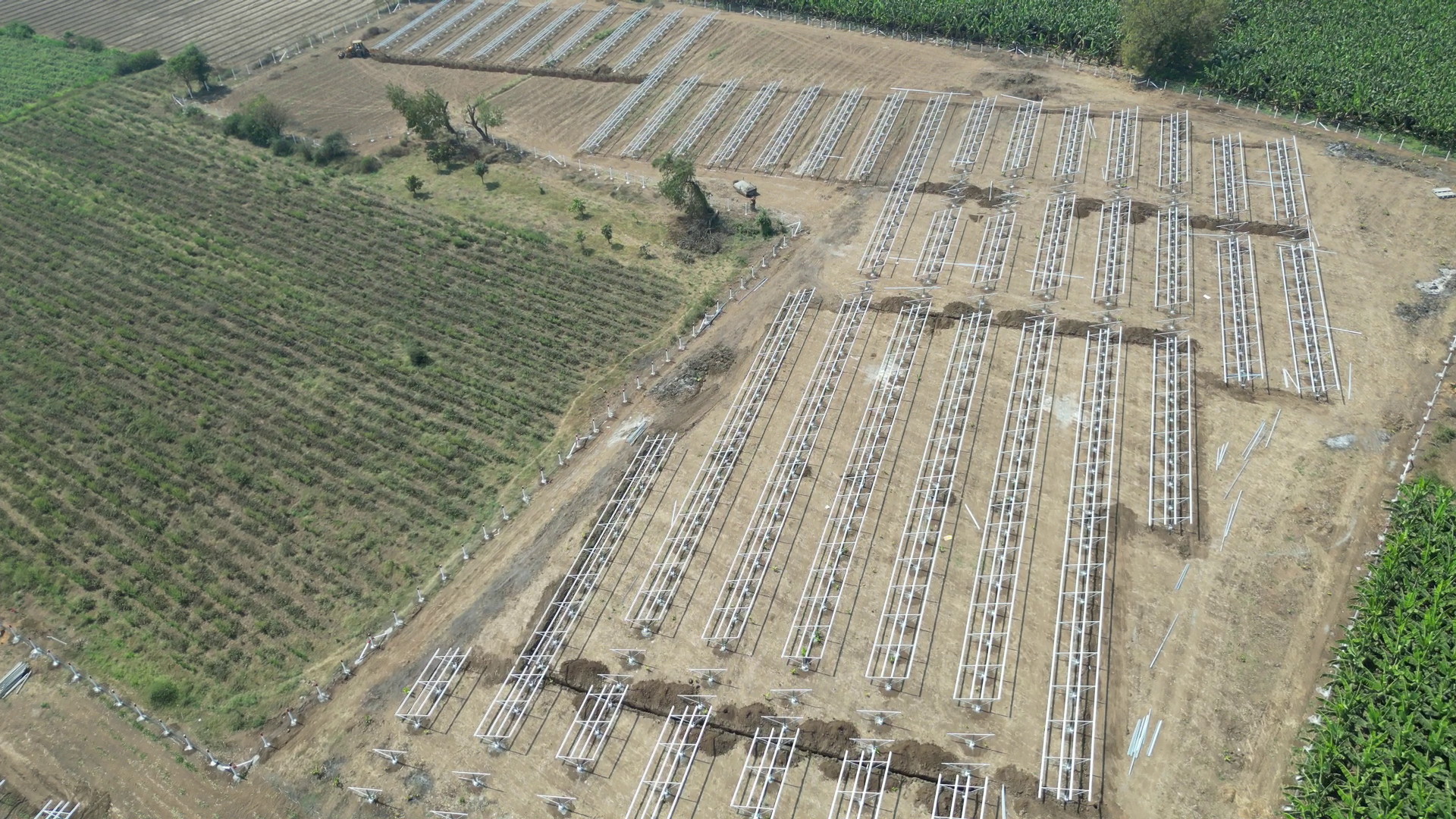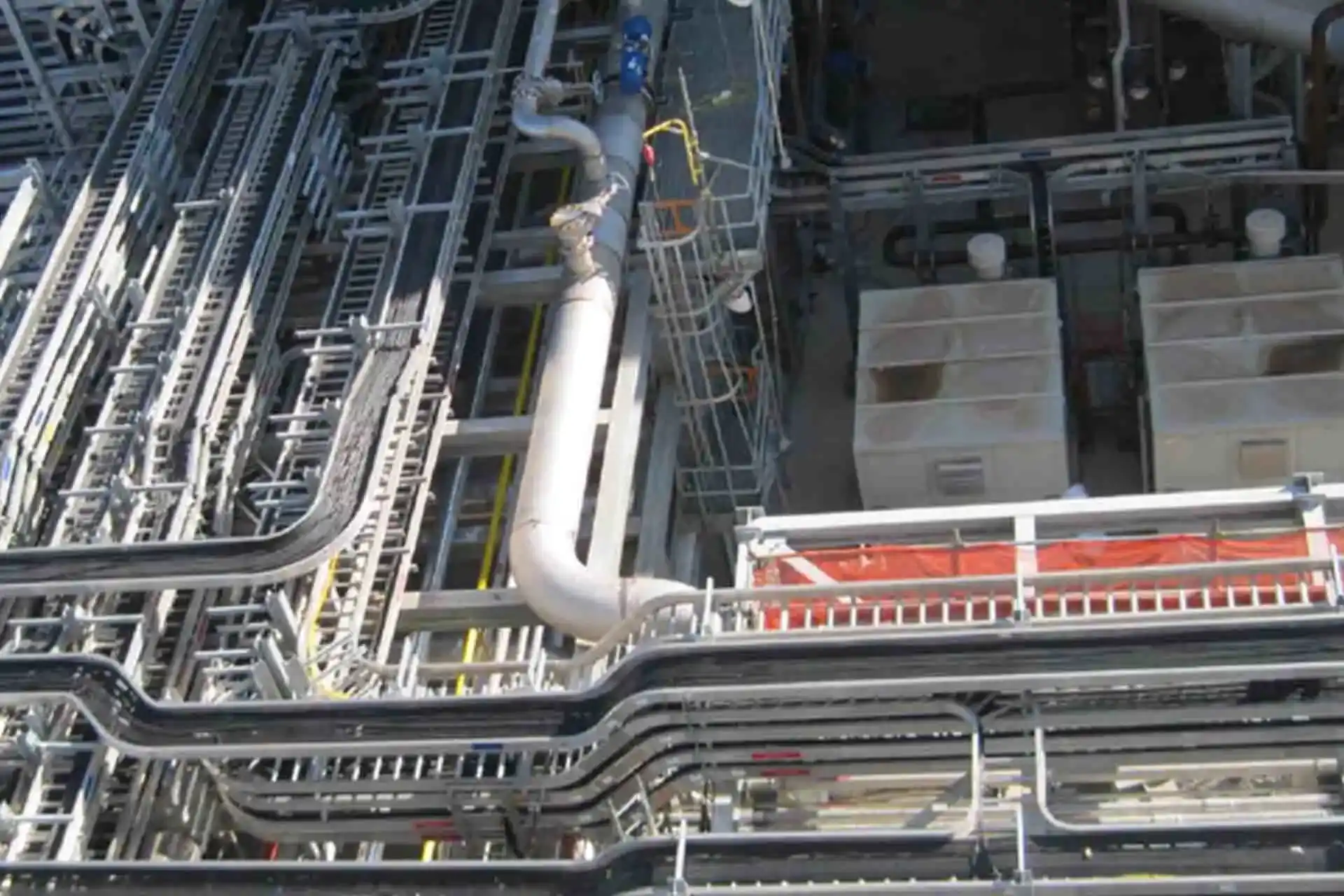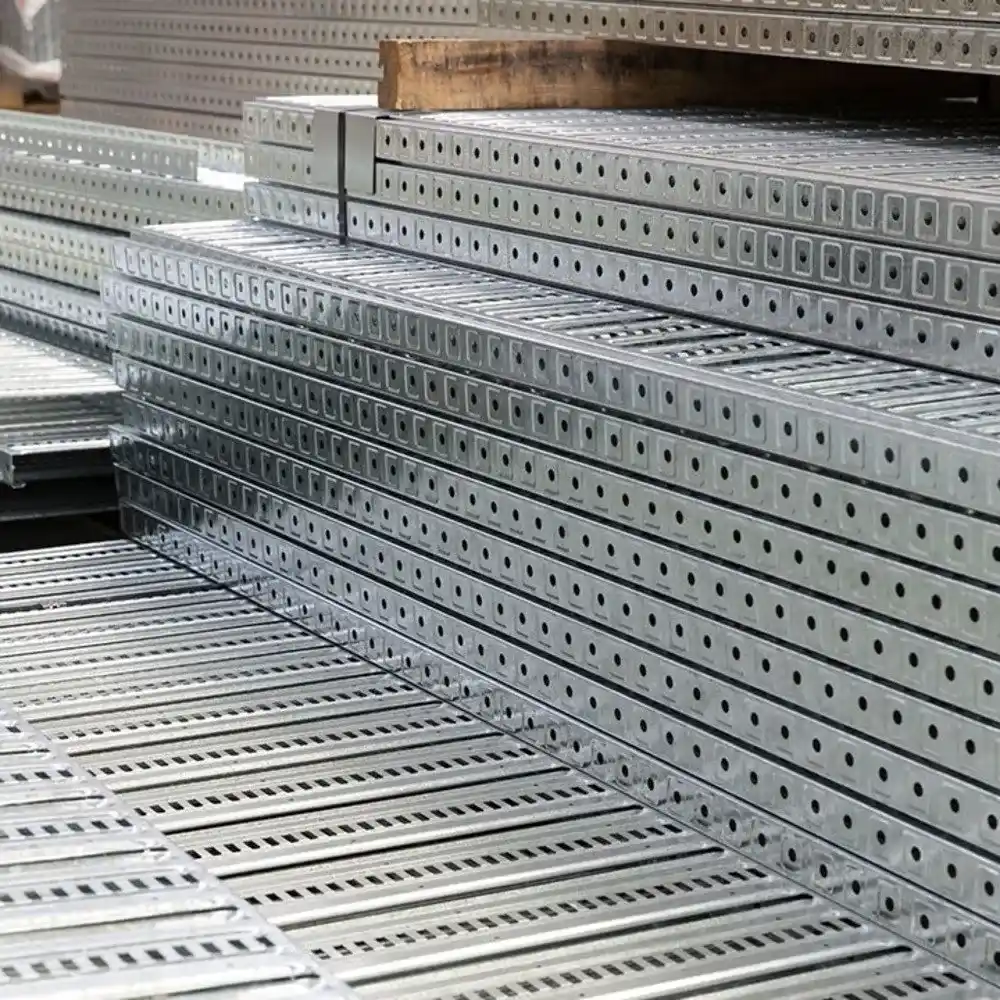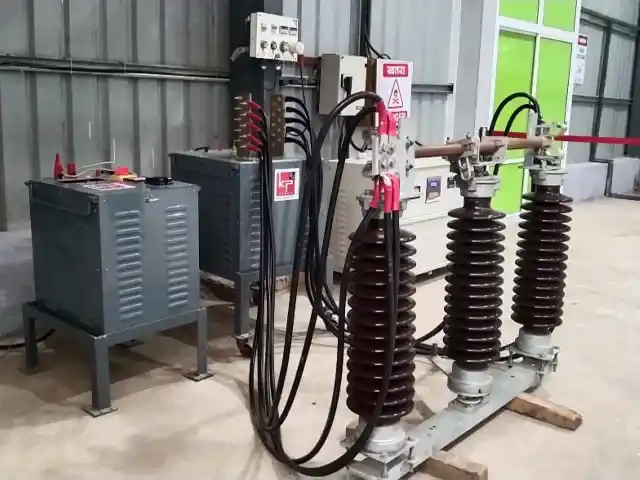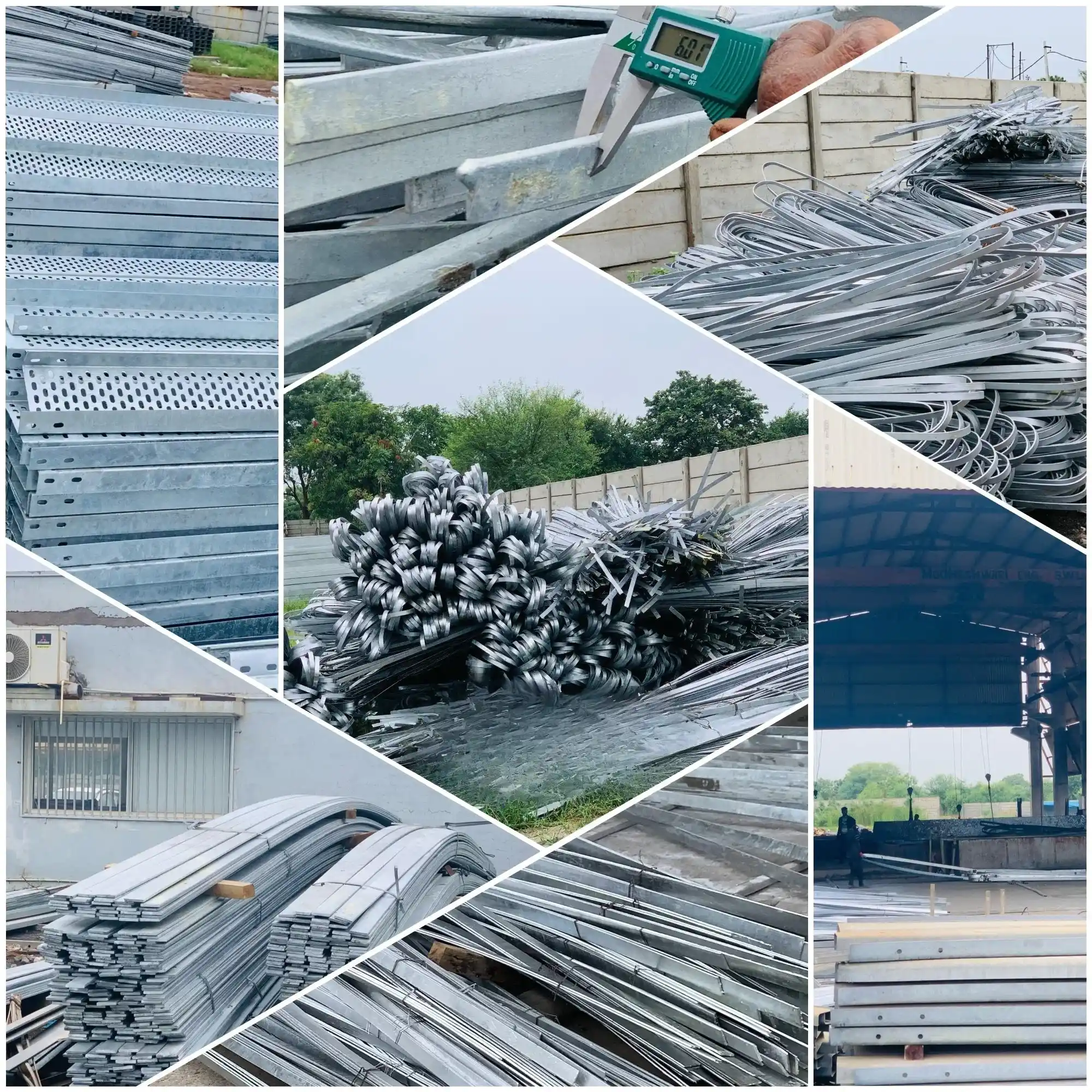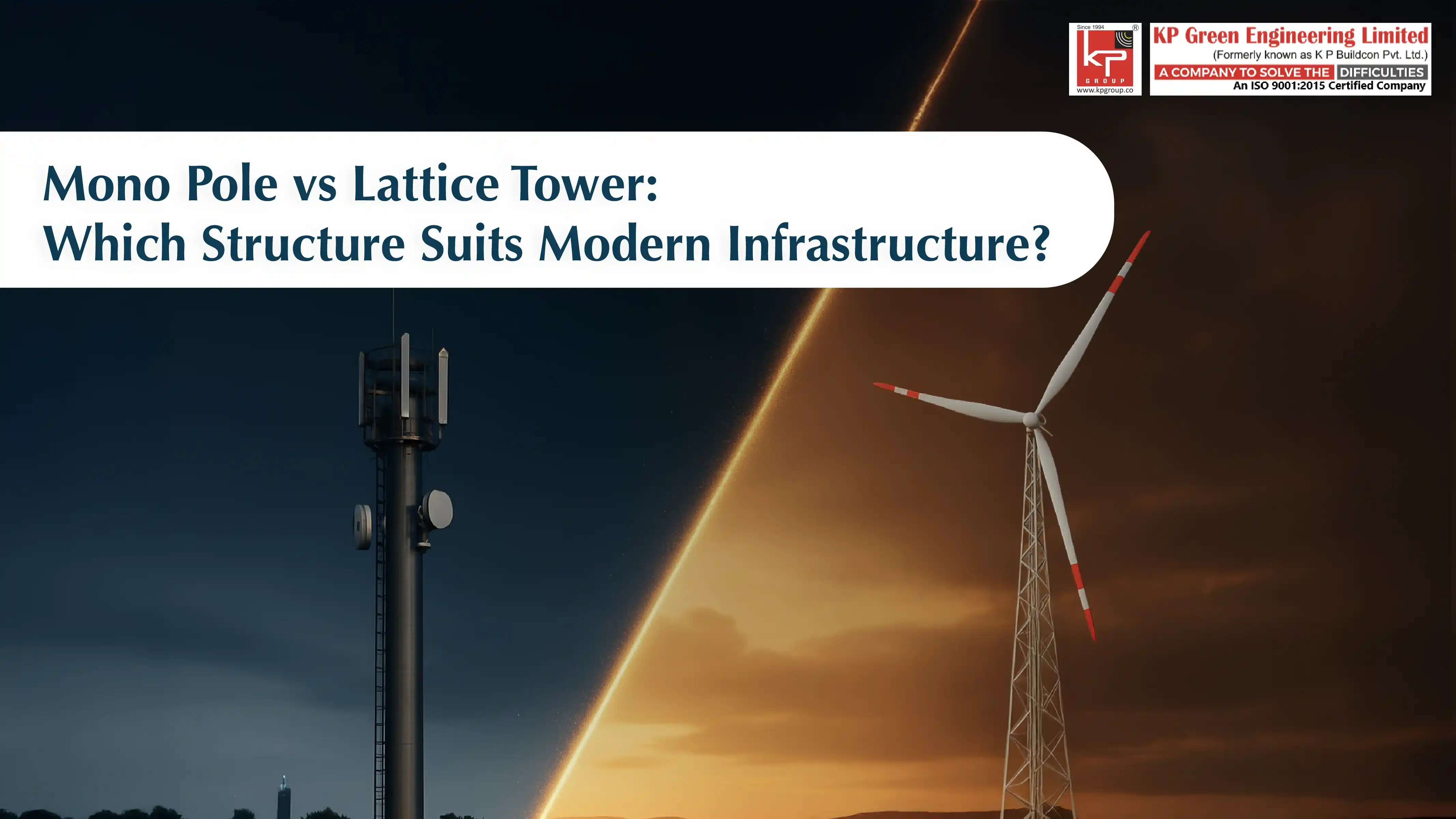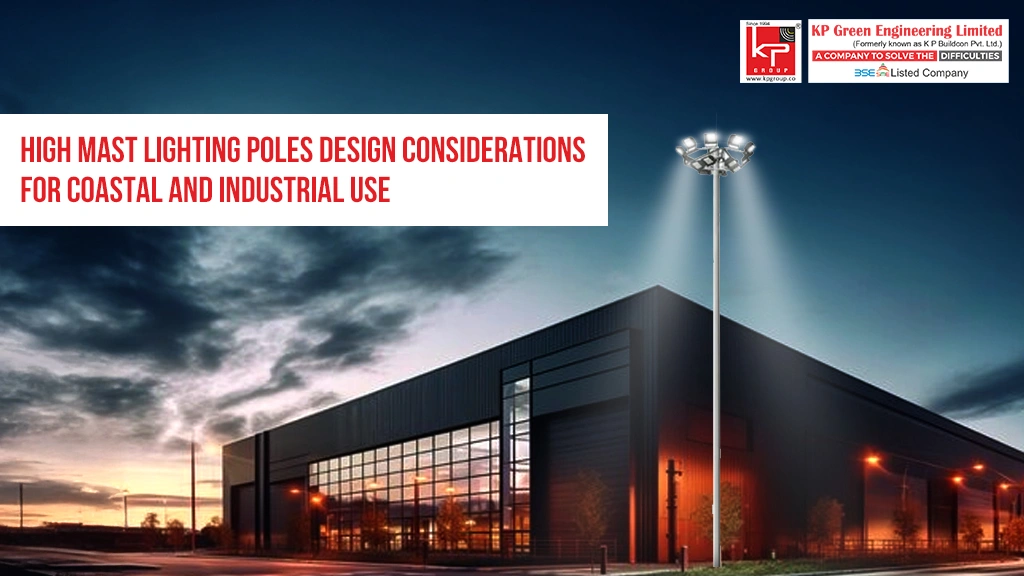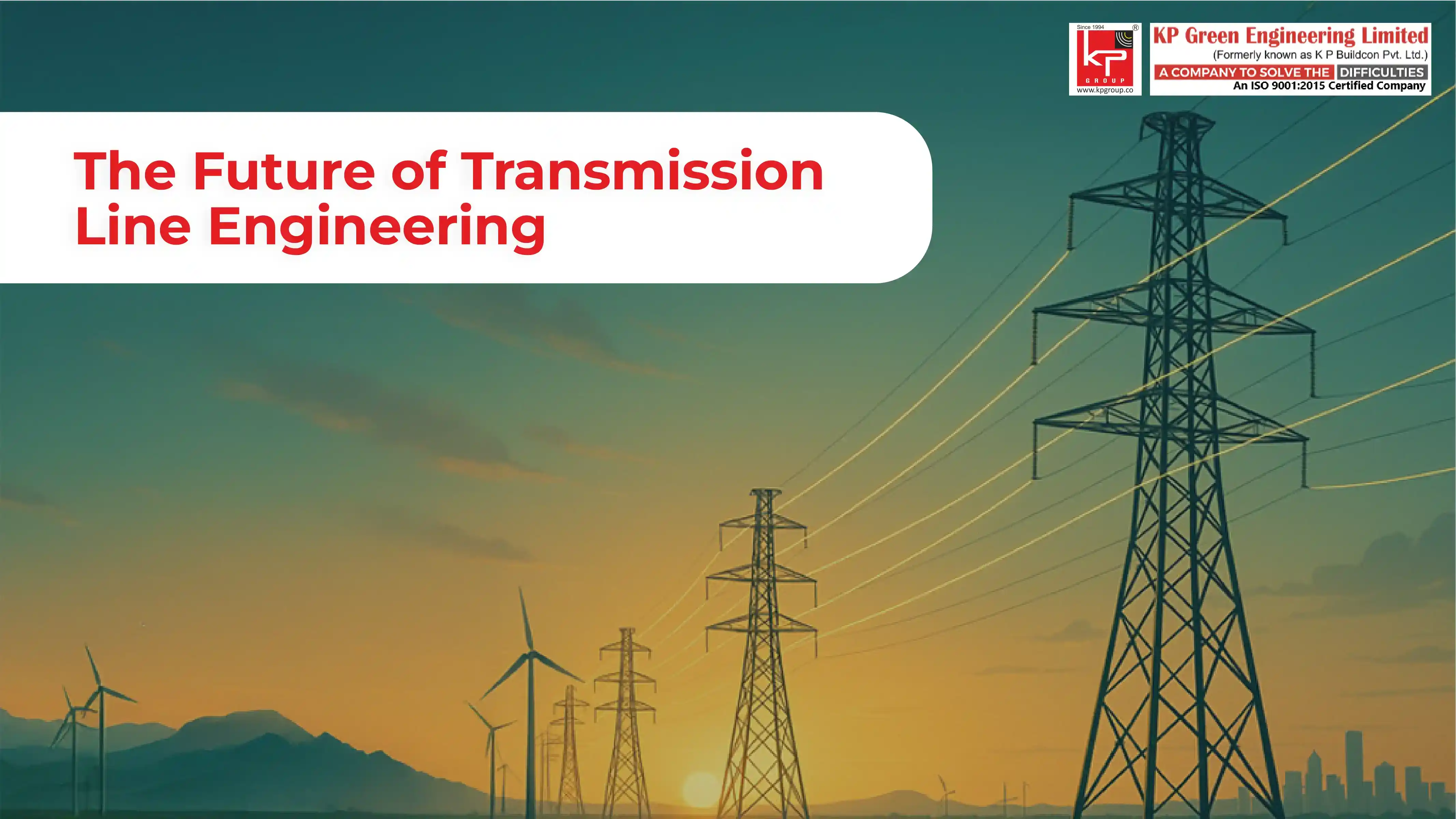
The Future of Transmission Line Engineering
The global energy sector is experiencing a powerful transformation of unprecedented proportions, and transmission line engineering is at the very heart of this change. A potential reality, electric power transmission engineering into the future presents significant pathways to develop sustainable, resilient, cost-effective, and environmentally sustainable systems to serve humanity for generations to come. As society progresses to a sustainable future, power grid systems must be re-invented so that new energy generation, transmission, and consumption can occur that, even a few years ago, would have been unimaginable.
Electrical systems today are facing tremendous pressure fueled by demand for energy, a pressing call for integration of renewables, and the pressures of climate change. The classic model of a centralized system driven by fossil-fuel generation, then transmitted and distributed based on designs developed over the last six decades, needs to be reimagined in a way that fosters distributed renewable energy optimization and affordability while preserving reliability. The process of transforming the electric grid infrastructure and systems will entail innovation in materials science, digital technologies, and methods for systems-level design.
The Imperative for Grid Evolution: Meeting 21st Century Energy Demands
Projected Growth in Electricity Demand and Transmission Needs
The world is predicted to see unparalleled growth in electricity demand over the next 30 years. Industry forecasts indicate the requirements for transmission infrastructure will require the transmission system size to be doubled by 2050, attributable to increased electrification in the transport, heating, and industrial sectors. This expansion is a challenge and an opportunity for transmission infrastructure challenges resolution.
The growing usage of electricity is attributed to population increases, urbanization, and advancements in technology. The advent of technology in the form of electric vehicles, data centers, and automated manufacturing will require investment in electric delivery infrastructure. The transition from fossil fuels to electricity will also create new load shapes for many sectors, but existing systems will not be able to accommodate these new loads efficiently or in a timely manner.
Integrating Renewable Energy Sources: Challenges and Opportunities
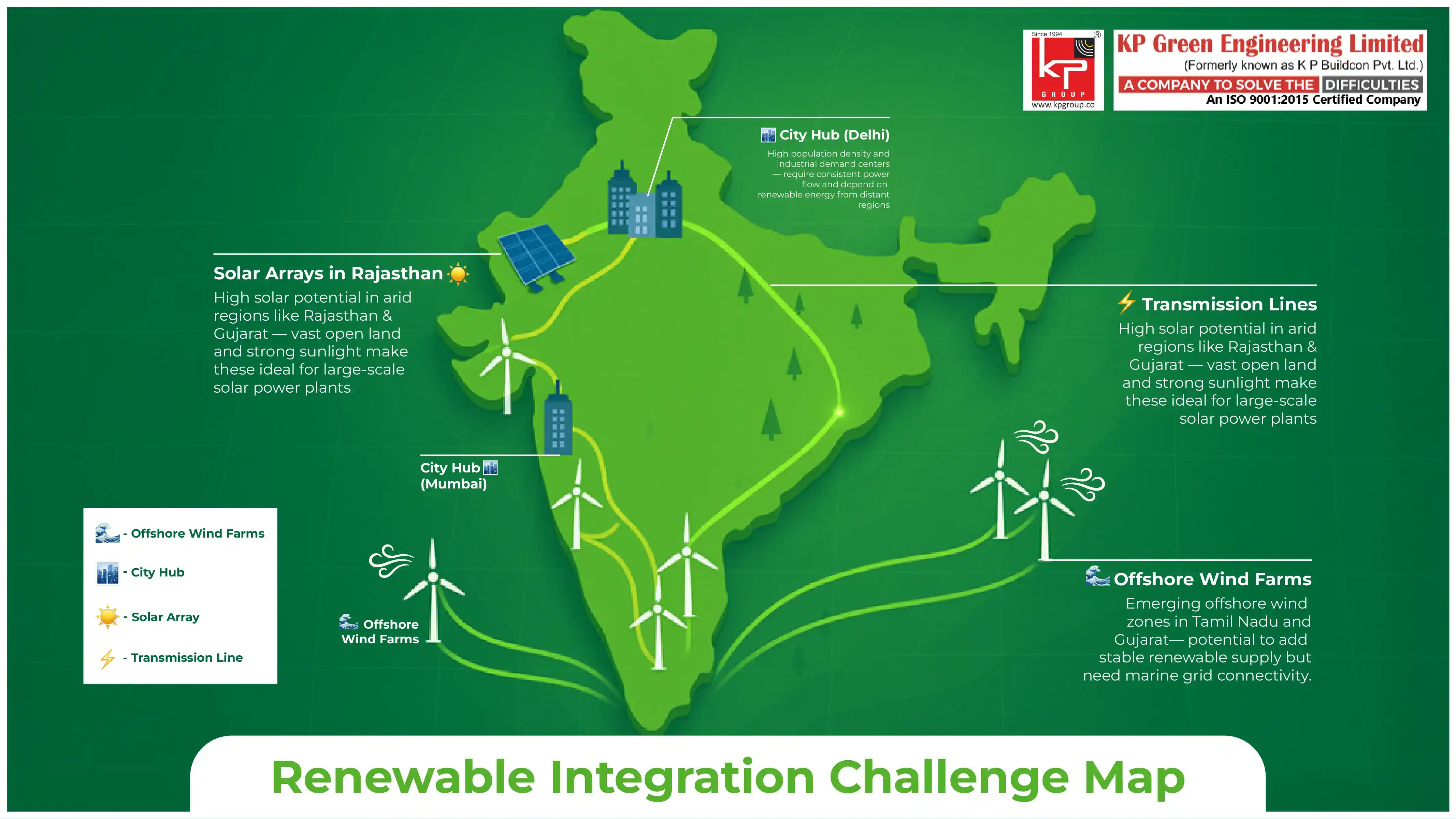
Integrating renewable energy into transmission systems has technical and logistical challenges. Renewable energy production methods (e.g., solar, wind) are more variable than conventional plants, which are more dependable and controllable with respect to supply. A phased approach to managing the grid system in real-time will be required because renewable supply varies. This will include matching load with generation, as well as for the stability/equilibrium of the system.
The geographic distribution of renewable resources varies considerably from locations of population concentrations, creating a demand for long-distance transmission. Remote locations of wind farms and desert sites of solar arrays will be connected to population centers by way of large transmission lines. The geographic mismatch creates a need for complicated infrastructure, construction, and economic challenges.
Breakthrough Technologies in Modern Transmission Lines
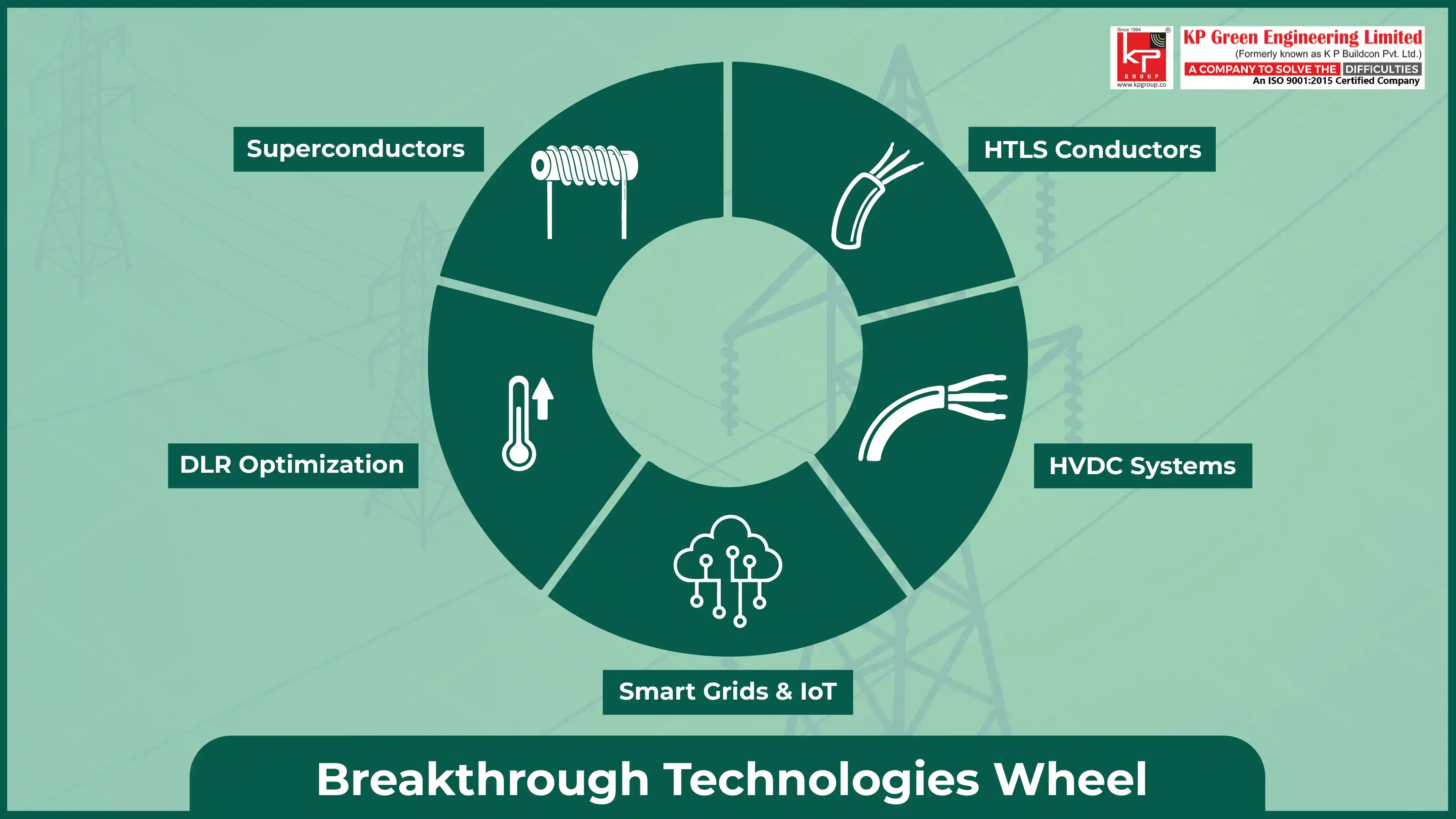
1. Advanced Conductor Materials: High-Temperature Low-Sag (HTLS) Conductors
Transmitting attractive technologies are adopting advanced materials to improve performance and efficiency. High-Temperature Low-Sag (HTLS) conductors are a major innovation in the design of transmission lines. These conductors have electrical and mechanical performance advantages over conventional aluminum conductors.
Contemporary transmission technologies are using contemporary materials to gain performance and efficiency. High Temperature Low Sag (HTLS) conductors represent an exceptional advancement in the design of transmission lines that allow for enhanced mechanical and electrical performance when compared to standard aluminum conductors.
Benefits: Increased Efficiency and Reduced Environmental Impact
The implementation of HTLS conductors delivers multiple advantages for sustainable transmission line design. These advanced materials reduce electrical losses through improved conductivity characteristics, resulting in more efficient power transmission. Lower resistance translates to reduced energy waste and decreased operational costs over the transmission line lifetime.
Environmental benefits include reduced right-of-way requirements due to the lower sag of the conductor. This feature permits the higher capacity lines within the existing corridor without expanding the environmental footprint. Also, improved efficiency minimizes losses in the energy transfer, reducing the carbon footprint for power transmission.
2. High-Voltage Direct Current (HVDC) Transmission: The Long-Distance Solution
HVDC technology will be a critical component of future transmission systems, especially for long-distance power delivery or in the case of submarine cable applications. This is because HVDC systems have constant voltage and current settings, which eliminates any potential reactive power losses that would occur in an alternating-current (AC) system, achieving the most bulk power delivery and efficiency for long distances.
Advantages of HVDC over AC for Bulk Power Transfer
HVDC systems demonstrate superior performance characteristics for specific applications within innovations in transmission line engineering. For distances exceeding 300-400 miles, HVDC transmission becomes more economical than AC alternatives due to reduced power losses and simplified line construction requirements.
Submarine cable applications are particularly advantageous for HVDC technology, as AC cables submerged in water can induce substantial capacitive charging currents that limit the distance possible for transmission. HVDC does not run into these limits and can facilitate intercontinental connections or link offshore renewable energy. Therefore, this technology is necessary to reach distant renewable resources and to increase benched interconnectivity.
3. Smart Grid Technology: Digitalizing Power Transmission
Digital transformation revolutionizes transmission system operation through smart grid technology integration. Advanced sensors, communication networks, and data analytics enable unprecedented visibility and control over transmission infrastructure performance. This digitalization facilitates proactive maintenance, optimized asset utilization, and enhanced system reliability.
Real-Time Monitoring, IoT, and Predictive Maintenance
IoT devices installed throughout transmission ower lines can collect data on key parameters of interest like conductor temperature, tension, clearances, and environmental properties. The data can be observed live and used to support informed operational decisions and identify possible issues before failure.
4. Dynamic Line Rating (DLR) for Optimized Capacity
Dynamic Line Rating technology represents a significant advancement in transmission line construction best practices. Traditional transmission lines operate under conservative static ratings based on worst-case weather conditions. DLR systems continuously monitor actual environmental conditions and conductor temperatures to determine real-time transmission capacity.
By using this practice, under appropriate conditions, you can increase line capacity from 10% to 40% without compromising safety or reliability. Improved DLR optimization promotes the use of the existing transmission lines at maximum capacity rather than increasing capacity by adding new transmission lines.
5. Innovations in Cable Technology: Superconductors and Advanced Insulation
Superconducting cables are the newest technology for the transmission of electricity, with the ability to transmit electricity with zero electrical resistance at specific temperature ranges. Currently, this technology is limited to niche applications that have the ability to be cooled, but superconducting offers an exciting possibility for a high-capacity urban transmission corridor when conventional transmission systems are not feasible due to space limitations.
Modern insulation materials also enhance performance, decrease environmental damage, and increase longevity. Cross-linked polyethylene (XLPE) and other synthetic insulator materials have better electrical properties, weathering properties, and recyclability compared to traditional materials. Additionally, modern insulation has decreased maintenance and increased system reliability.
Underground and Submarine Cables: Enhancing Resilience and Aesthetics
Underground transmission cables deliver improved reliability with fewer outages due to the weather and address many of the aesthetic and environmental concerns created by overhead lines. New underground cable systems using modern materials and installation techniques increase reliability and will require less maintenance over time.
Submarine cables facilitate power trading between regions and sharing renewable generation across water. Submarine cables require careful design considerations for the marine environment. Considerations include protection from anchoring damage, corrosion, and long-term reliable operation in difficult underwater conditions.
Designing Sustainable and Resilient Transmission Infrastructure
Minimizing Environmental Impact: Sustainable Materials and Land Use
Sustainable practices related to transmission lines are also promoting environmental stewardship through materials, construction practices, and land management practices. For instance, recyclable conductors, biodegradable fluids, and low-carbon manufacturing processes can reduce the environmental footprint of transmission systems over their entire lifecycle.
Enhancing Grid Resilience Against Climate Change and Natural Disasters
Adaptation to climate change is becoming a more important consideration in the design of transmission lines as extreme weather events are expected to increase in frequency and intensity. Resilience design of transmission infrastructure includes improved wind ratings, animal and ice loading, and flood-resistant equipment installation, which keep transmission lines operational even in extreme conditions.
The Role of Interconnectivity in Energy Security and Efficiency
The enhanced interconnectivity of the grid protects energy security by allowing mutual assistance between regional systems in emergency situations or supply disruptions. Interconnected systems can utilize alternative resources, decreasing reliance on local generation and enhancing energy systems' reliability.
Interconnected systems improve the economic benefits of energy through improved efficiency in resource use, reduced reserves, and improved competition to the market. These benefits produce lower costs for the consumer and create better operational efficiency, while also enabling renewable energy resources to connect with less geographical range.
Overcoming Challenges in Transmission Line Development
Navigating Permitting, Regulatory Frameworks, and Community Engagement
Proliferating regulations attaching to the build-out of transmission infrastructure present a major hurdle to constructing or upgrading electric transmission lines, particularly when it involves getting consent from a number of jurisdictions and agencies. The facilitation of regulatory coordination and permitting may lead to shorter time frames, even if implemented appropriately with respect to monitoring and environmental stewardship.
Community engagement strategies that demonstrate transparency, environmental responsibility, and economic benefits can build public concurrence for summaries and required infrastructure investment. Educational initiatives that denote the linkage of transmission infrastructure with reliable, reasonably priced electricity services will help develop a greater understanding and acceptance of development projects.
KP Green Engineering's Vision
KP Green Engineering is leading the way through new innovations in transmission line engineering that combine technical proficiency with environmental awareness to create sustainable infrastructure solutions. The commitment to advancing the future of transmission line engineering, utilizing innovative design principles and emerging technologies, will provide KP Green Engineering the foundation to lead the industry's transition to sustainability.
Frequently Asked Questions:
About Us
KP Green Engineering Ltd. provides complete engineering and steel structure manufacturing solutions worldwide, serving industries such as renewable energy, telecommunications and beyond.
Get In Touch
Latest News
KP Green Engineering Dispatches First Heavy Engineering Product For Chennai Metro
KP Green Engineering Secures INR 682.75 Crore Order in Solar and Transmission Segments
KP Green Engineering Limited's Financial Results for H1 FY26



